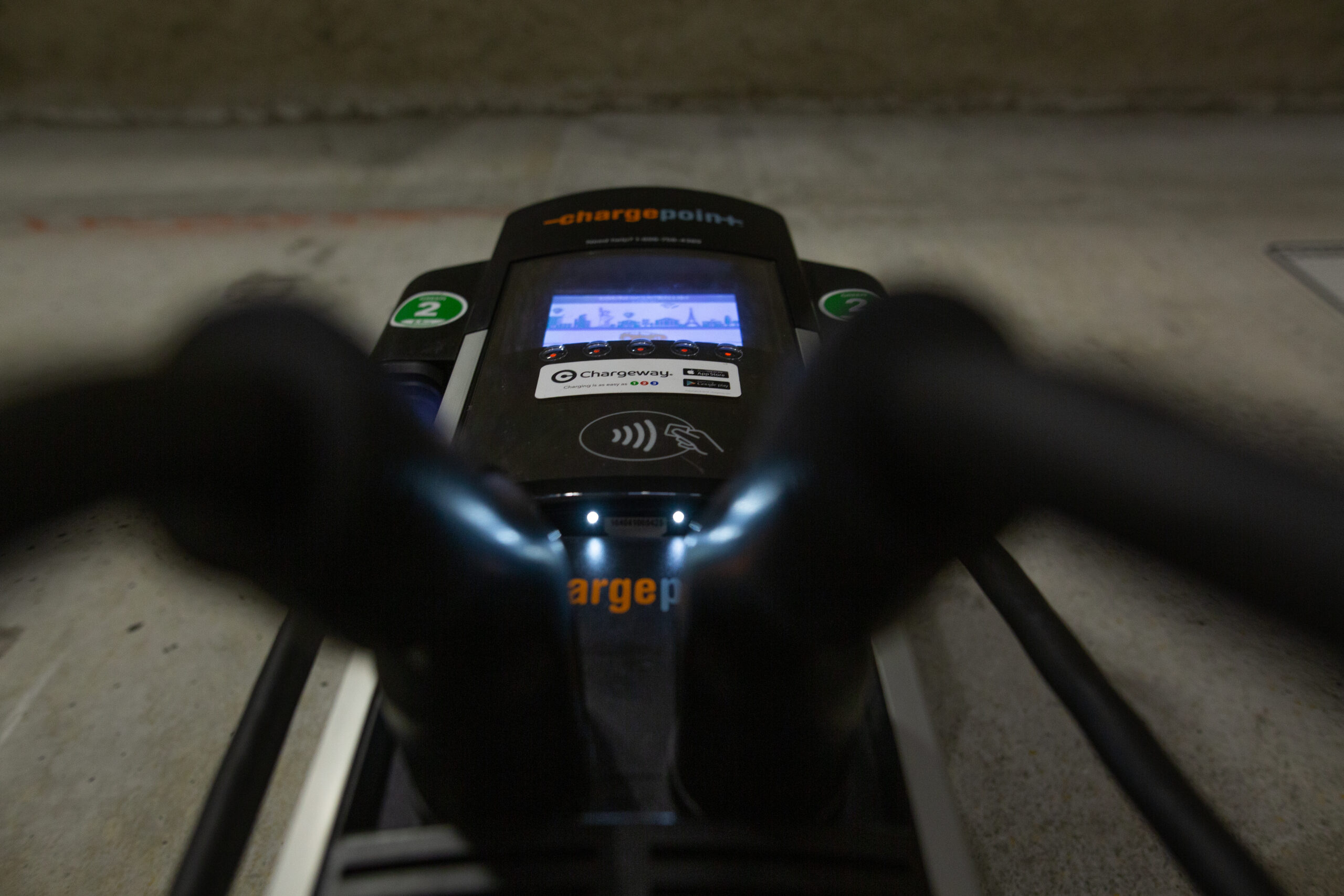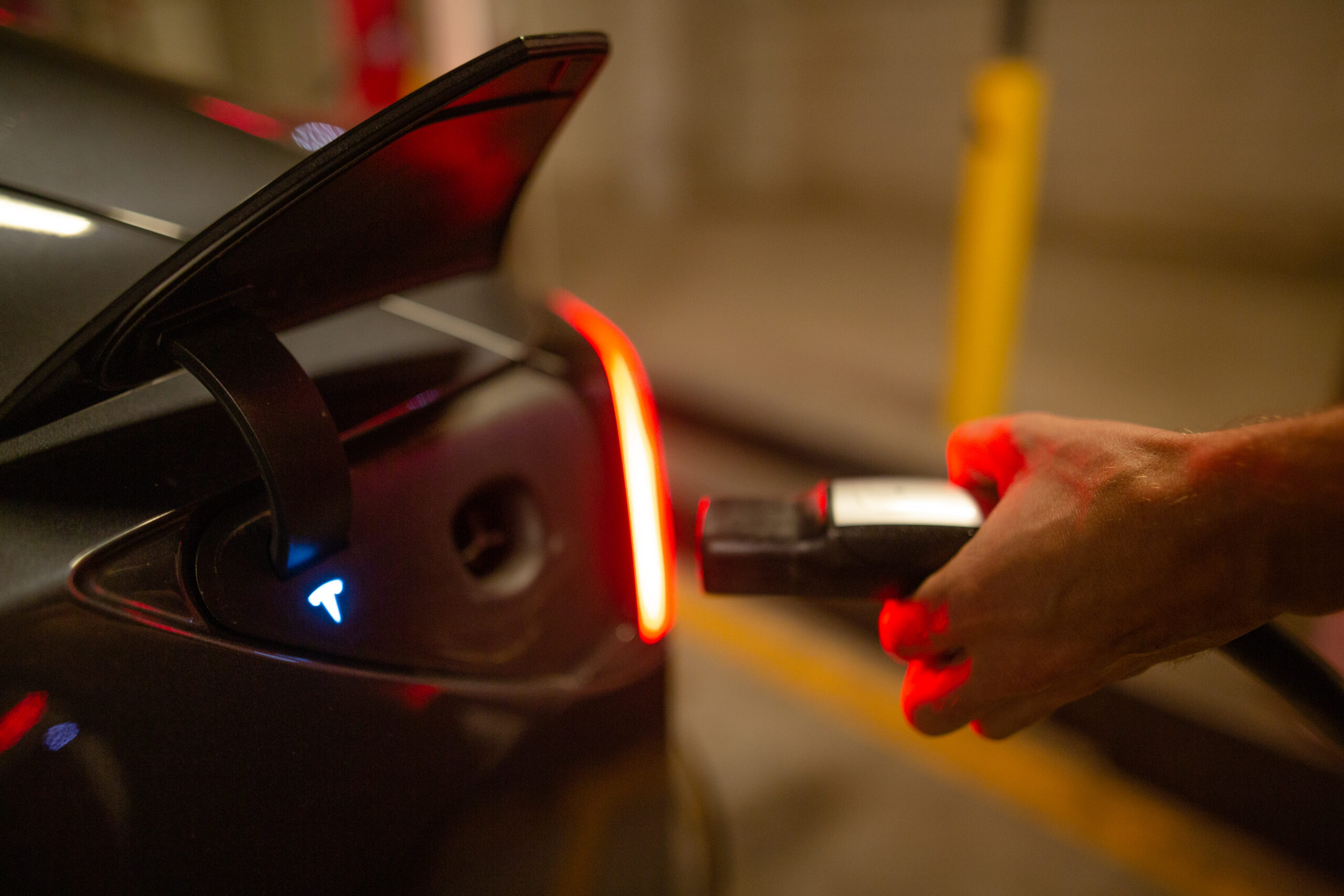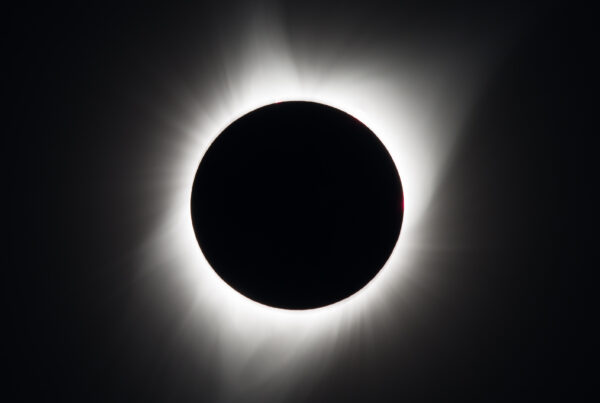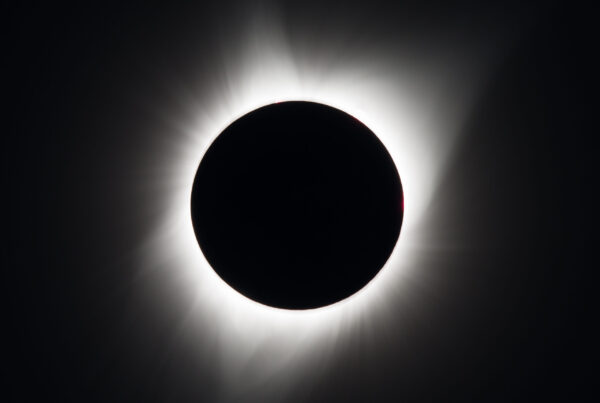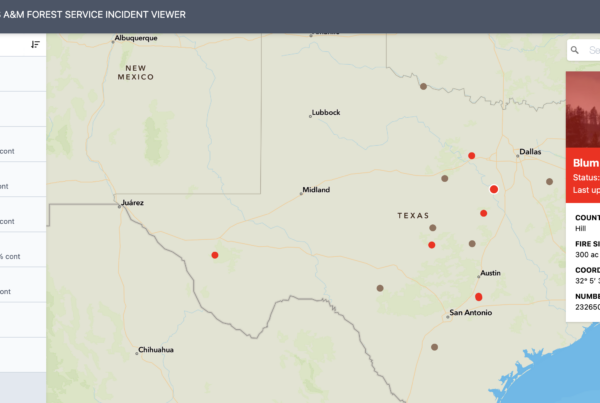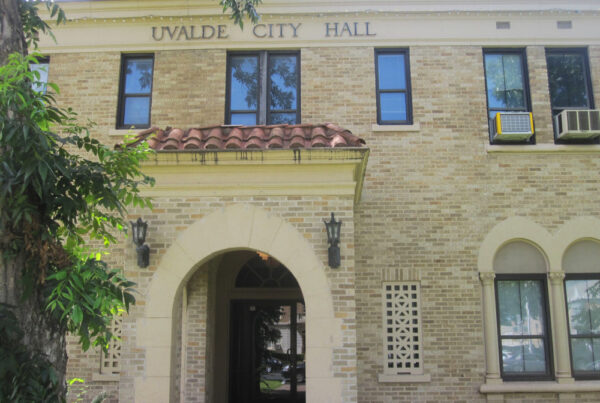There are currently about 30,000 electric car chargers throughout North America, the lion’s share of which belong to Austin-based Tesla.
But earlier this week, a group of seven major automakers announced a plan to double that number. The group includes General Motors, Honda, Hyundai, Kia, Mercedes-Benz, BMW, and Stellantis.
Jonathan Gitlin, automotive editor at Ars Technica, spoke to the Texas Standard about the plan. Listen to the interview above or read the transcript below.
This transcript has been edited lightly for clarity:
Texas Standard: This is a big group. How did they come together to form this alliance for charging stations?
Jonathan Gitlin: That’s a great question.
So for a long time, there’s been kind of competing standards of different plugs that people use to charge EVs and Tesla had its own style, which they recently called the “North American Charging Standard.”
As you mentioned, the bulk of the high speed charges in the country are Tesla Superchargers. If you have a Tesla, it’s a really good experience because the charge is designed to work with the cars. Just plug it in and it almost never fails and it charges you up and you go.
Everyone else was using a standard called CCS1, which was a bit bulkier and it was kind of put together by a committee. And it doesn’t always work. And if you have an EV that’s not a Tesla and you’ve tried to do a long drive in it, you probably have at least one horror story of like it not working.
So Tesla had opened up their standards in November last year and said to other automakers, “If you want to come and license it, then come and talk to us and do that.” And for a while nothing happened. And then the government passed some legislation, the New Electric Vehicle Infrastructure funding, which provides like $5 billion to build new high speed chargers across the country. One of the conditions for NEVI funding was that the chargers can have more than one plug, but you have to have CCS.
Then about three or four weeks after that was all finalized, Ford announced, “hey, we’re actually we’re going to switch to Tesla’s plug and we’ve gained access.” And that means all Ford EVs will be able to use Tesla’s Superchargers as well as the other ones. And that started a bit of a flood in the industry and we’ve had a whole bunch of companies, including a bunch of the ones that have signed that are part of this new group, have moved to this new plug. But now they’ve decided in addition to getting access to these 12,000 Tesla Superchargers, they’ve decided actually “we want to learn from that and maybe apply what Tesla’s done and see if we can replicate it.”
Fingers crossed it works. The thing is, when Volkswagen got sued for cheating on their diesel emissions, part of the requirement for that was that they had to spend $4 billion on a charging network, which they’ve done. It’s called Electrify America and it’s quite ubiquitous. There are quite a lot of charges out there. I think they have about, I want to say, 3 or 4,000 now, and they’re relatively reliable by the standards of a not-Tesla supercharger, which means they’re not very reliable at all.
So I think it’s quite interesting that these seven automakers have decided, instead of investing in Electrify America, which is kind of already out there, they’re going to spin off their own thing.


